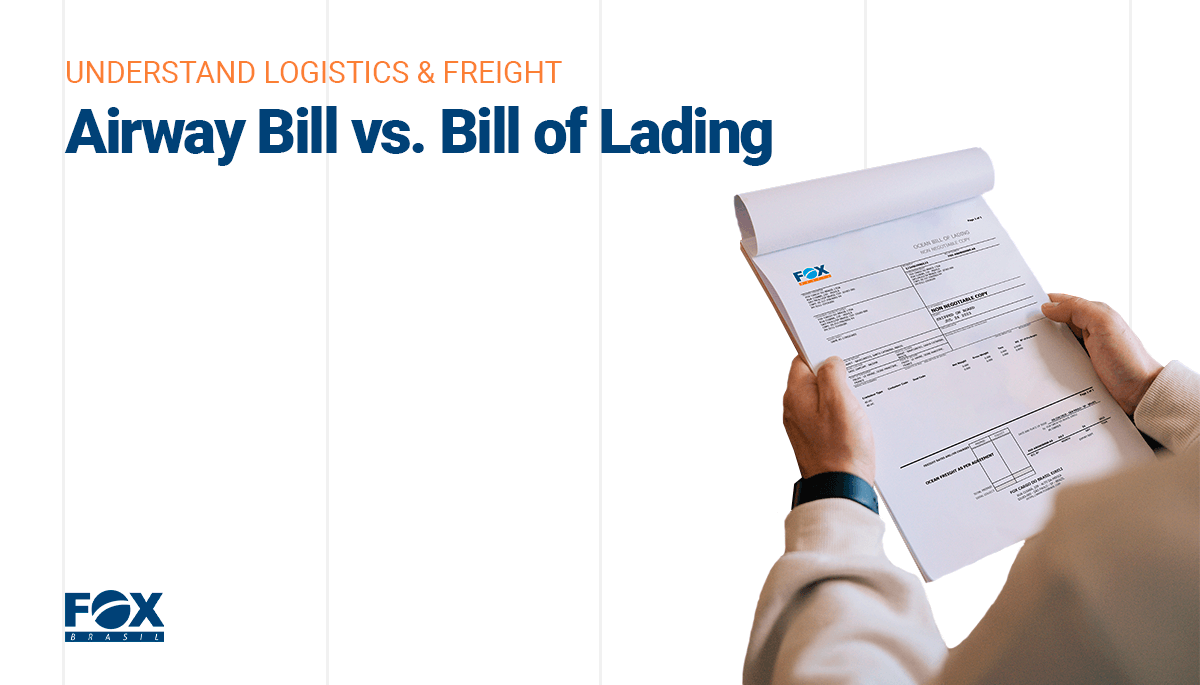Airway Bill vs. Bill of Lading

Understand Logistics & Freight
In the dynamic world of international freight forwarding, the smooth movement of goods across borders depends on meticulous planning and precise documentation. Two essential documents that often play starring roles in this process are the Airway Bill (AWB) and the Bill of Lading (B/L). In this blog post, we’ll dive into the details of these crucial documents, exploring their functions, differences, and why they are vital for successful global shipping.
The Airway Bill (AWB):
1. Definition and Purpose
The Airway Bill, commonly referred to as AWB, is a transport document issued by an airline or freight forwarder. It serves as both a receipt for the shipper and a contract between the shipper and the carrier. The primary function of an AWB is to confirm the airline’s acceptance of goods for transportation, indicating the destination, consignee, and other relevant details.
2. Key Characteristics
– Typically used for air cargo shipments.
– It is a non-negotiable document.
– Provides tracking information for the cargo.
– It does not confer ownership of the goods.
3. Key Information on an AWB
– Shipper’s and consignee’s details.
– Description of the goods.
– Weight and dimensions of the cargo.
– Flight details, including the departure and arrival airports.
– Handling instructions and special requirements.
– Terms of delivery and payment.
The Bill of Lading (B/L)
1. Definition and Purpose
The Bill of Lading (B/L) is a document issued by a carrier or their agent to acknowledge the receipt of goods for shipment. Unlike the Airway Bill, a B/L is most commonly associated with ocean freight, although it can also be used for other modes of transportation. The B/L serves as evidence of the contract of carriage and as a title to the goods.
2. Key Characteristics
– Primarily used for ocean and multimodal shipments.
– It can be negotiable or non-negotiable.
– Often used to transfer ownership of the goods.
– Contains information about the goods, voyage details, and terms of the contract.
3. Key Information on a B/L:
– Shipper’s and consignee’s details.
– Description of the goods, including marks and numbers.
– Quantity, weight, and dimensions of the cargo.
– Port of loading and port of discharge.
– Vessel and voyage information.
– Terms and conditions of carriage.
Both the Airway Bill and the Bill of Lading are indispensable tools in the world of international freight forwarding. Understanding their differences is essential for a successful and hassle-free shipping experience. When in doubt, consult with your freight forwarder or logistics expert to ensure your cargo is in safe hands and properly documented for its journey across the seas or through the skies.